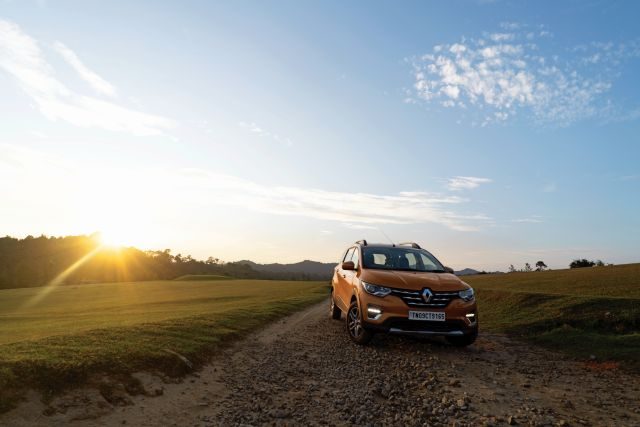
We set out on the second part of our Renault Triber travelogue and were quite impressed by what we saw as well as by what this car is capable of.
The second part of our journey sees us drive into a different direction altogether. Gone now are the beaches and coconut trees as we head towards the inside of the Deccan Plateau. Up from the low-lying areas, the forests of the country manifest themselves. This means that we are close to our destination of forests, coffee, and culture. Place in question? Kodagu (formerly known as Coorg).
The distance from Gokarna to Kodagu is about 350 kilometres. There are indeed longer routes which would take you through some of the picturesque national parks along the way. However, we decided to stick to the shortest one to be able to reach our destination before nightfall.
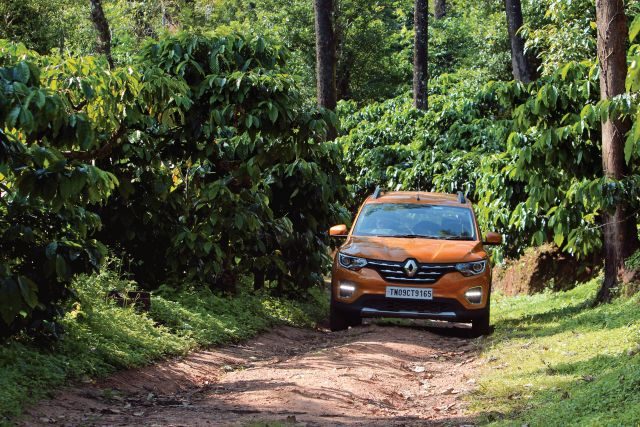
Getting out of Gokarna is a simple story, though. Yes, the roads are quite narrow but within a short distance you are right on the highway. This highway, however, had traffic on both sides. Initially, we were a little wary as to what was going on, but, soon realised that this was due to the fact that this new road had not yet been officially opened. We began to worry whether there would be an exit point; however, there was and onward we continued.
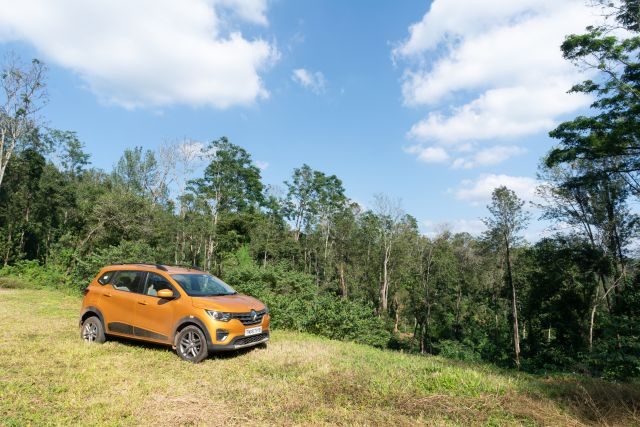
As the sun began to descend upon the horizon, we inched closer to Kodagu and all the magic the place held for us. My team and myself had never been to Kodagu but all of us had heard so much about the place. About coffee plantations, the local food, forests, and also about the two beautiful golf courses. A visit there was a must. However, once we did enter the pretty place, the sun had set a long time ago and it was only the next day that we realized that we had taken the back road up to the town rather than the main highway. This back road was tough with extremely tight corners, but, in good condition.
We booked ourselves into a very nice homestay owned by a lady called Rekha. The place was lovely, with the caretaker making sure that our tummies were well taken care of. The next morning Rekha visited us for a little conversation and to get an idea of what we wanted to do in Kodagu. She pointed us in the right directions too.
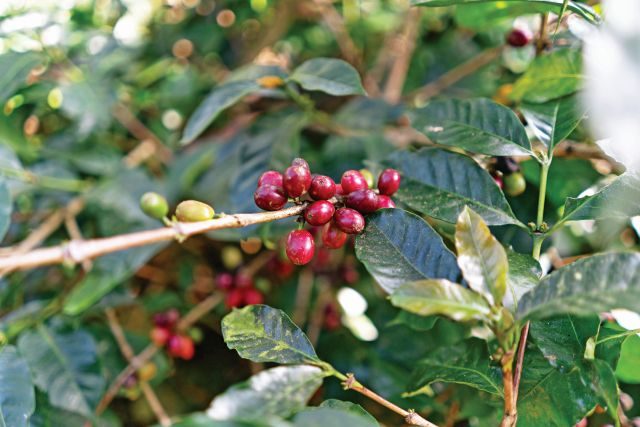
We decided to visit a coffee plantation, which are in abundance in this region. We also wanted to visit the famous Mercara Downs Golf Course, one of the most famous courses in the country. The coffee plantation we went to was Sandalkad Estates, which is owned by Shamveer. This gentleman is a seventh-generation planter whose family has been growing coffee for the past 175 years. Although the plantation today is home to a number of crops, coffee remains the main produce.
We met Shamveer at a time when he was driving around his estate with two overseas gentlemen for a business meet. However, all of them were kind enough to let us hop along with them on a journey of exploring the magic drink. This plantation only deals with absolutely ripe coffee beans which are red in colour. We even got to taste the beans which, I can say, were quite sweet and yummy. We continued to explore the estate for a bit longer, being shown the drying bays and production houses. The two types of coffee grown here are Arabica and Robusta, with the former being more full-flavoured. At the end of the tour, Shamveer took us to his café located just outside the estate.
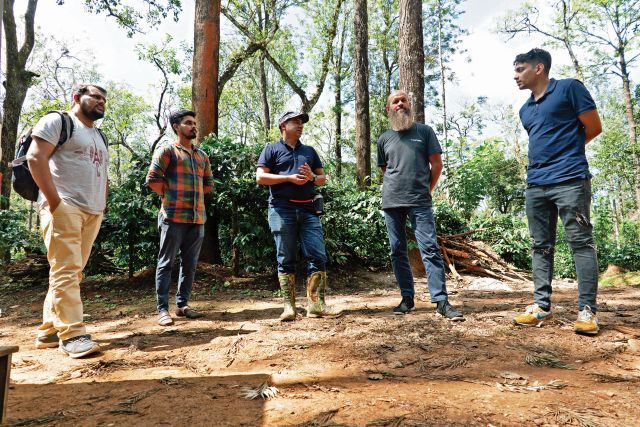
This café was a cool place and had a coffee-producing machine. This machine will process coffee beans right from the drying stage to servable coffee. In addition, we also noticed that the entire counter had plaques which showcased the process of coffee production from the plant all the way to the cup engraved in the wooden planks. The café also served a number of foreign coffees, including the famous (or infamous) coffee called Kopi Luwak. These are coffee beans that are eaten by civet cats, digested, and then removed from the cats’ poop. Interesting. We, however, stuck to the regular coffee and had quite a nice time there.
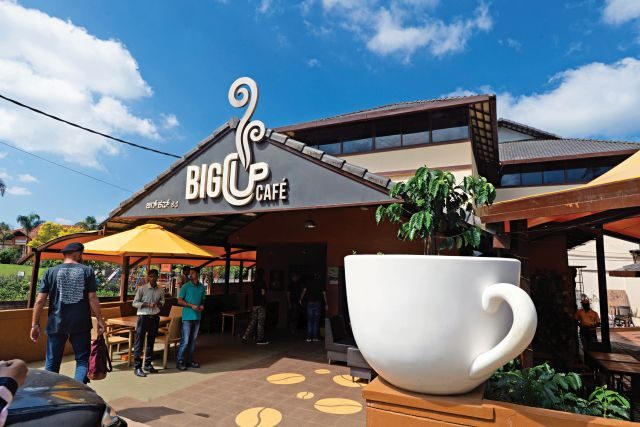
Next up was the golfing paradise, Mercara Downs. The road leading there was narrow and went uphill towards the course. Once we reached the course, we were stunned by the beauty of the place. This is a large course, with a picturesque setting on both sides. I have played a couple of rounds at the Ooty Golf Course and have to say that this one comes close to it, if not better. The Renault Triber, too, could fit very well into the place which had a dirt road winding away throughout the course. The dirt road at times had some large areas where the car would struggle or so we thought. However, the Triber, with its 182-mm ground clearance, dealt with it without grumbling. A surprisingly good car and we were glad we had her by our side.
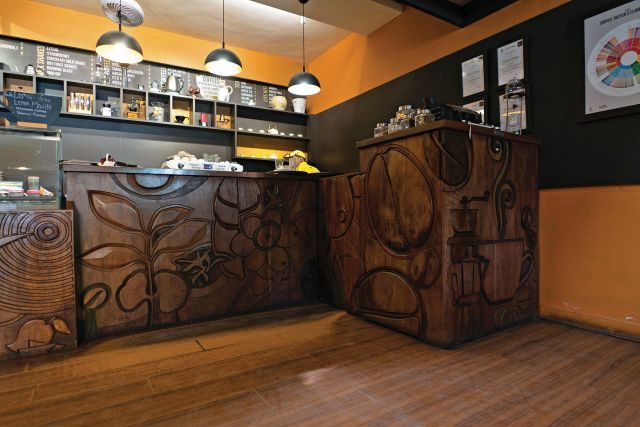
The next morning, we bid goodbye to Kodagu and started for Pune. This, by far, would be the longest drive: 900 kilometres. We wondered how the Renault Triber would handle it. Although the engine is a frugal 1.0-litre unit, highway driving was a breeze.
The Triber handled whatever road we threw at her and at highway speeds too. Inside, the Triber is a very comfortable car with a host of features. The refrigerated compartment kept our liquids and snacks at a low temperature, the music system had us singing, and at no point did we ever feel cramped. That is quite a lot for a Rs 6.3-lakh (ex-showroom) vehicle.
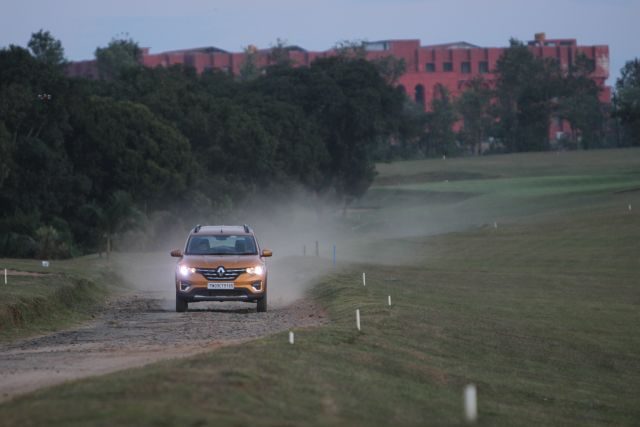
As for our journey, we started with Goa and Gokarna, which are two places known for their seashores. Kodagu thereafter was a completely different type of trip and showed us a whole new side of India. I cannot tell you all enough about how amazing all these places are. In Goa, we visited a different side of the place, a more rural part of Goa. Gokarna is just serene, with beautiful beaches and amazing people. Kodagu is forest land that has been cultivated to a degree with plantations and two stunning golf courses. I would recommend all these places for a visit as they all have their own magic.
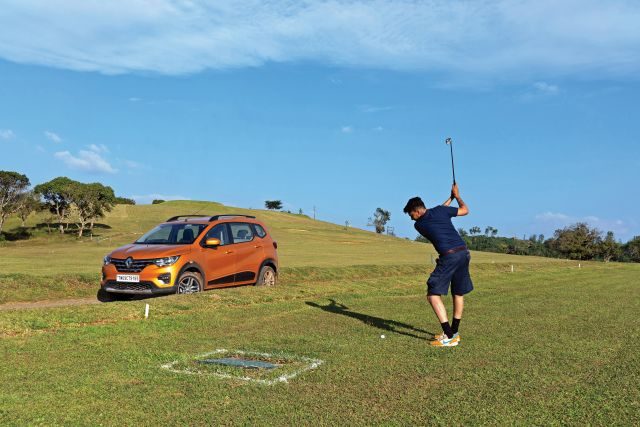
When we arrived back in Pune, we were quite tired and happy to be home. However, ask me to do this again and I would happily agree. A big thank you to Renault for the lovely Triber, a car that really can do it all.
Read our first part here: Travelogue – Renault Triber to Gokarna – In the Land of Sand


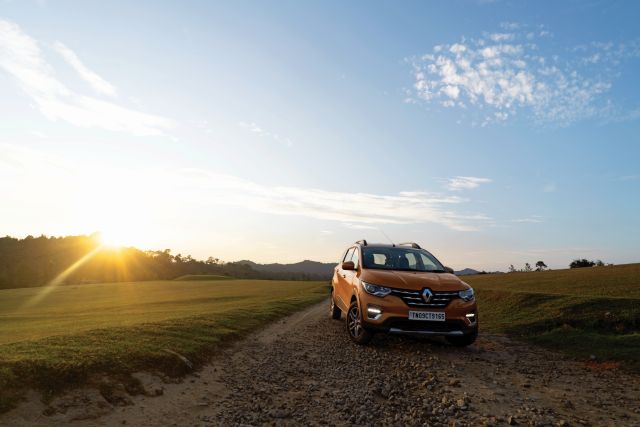

















Leave a Reply